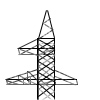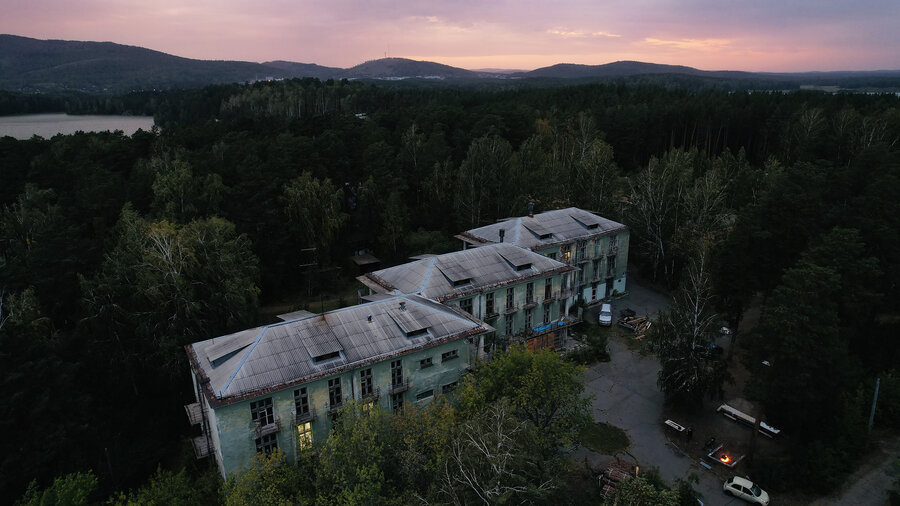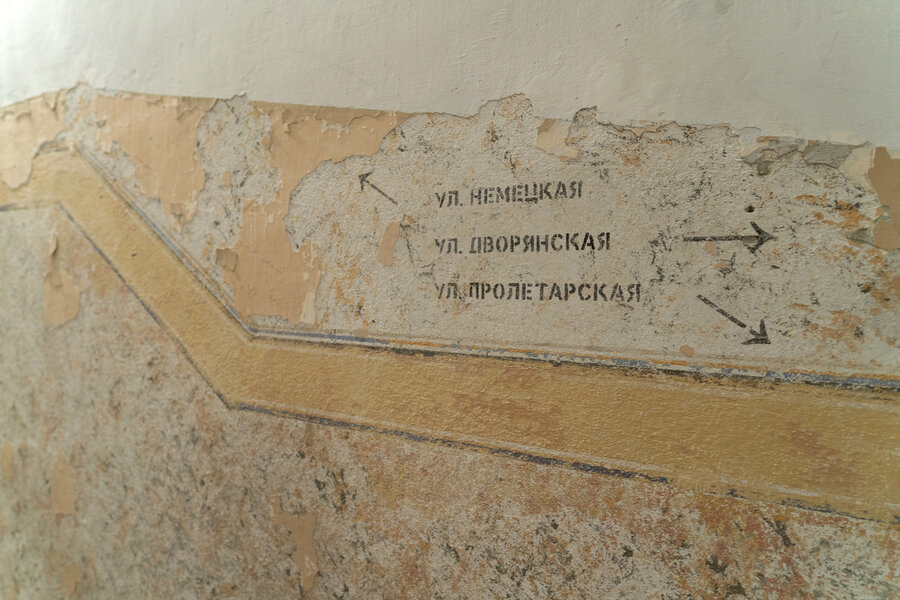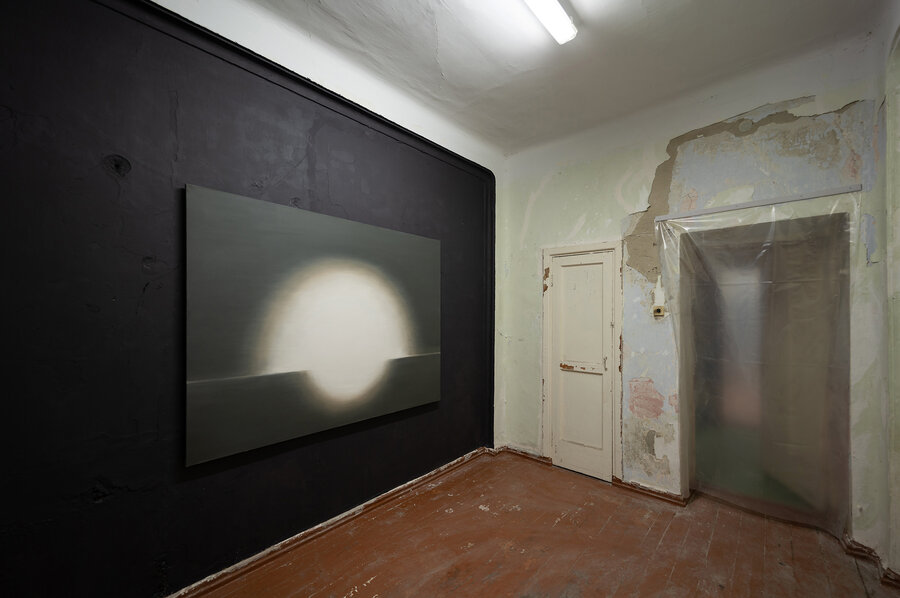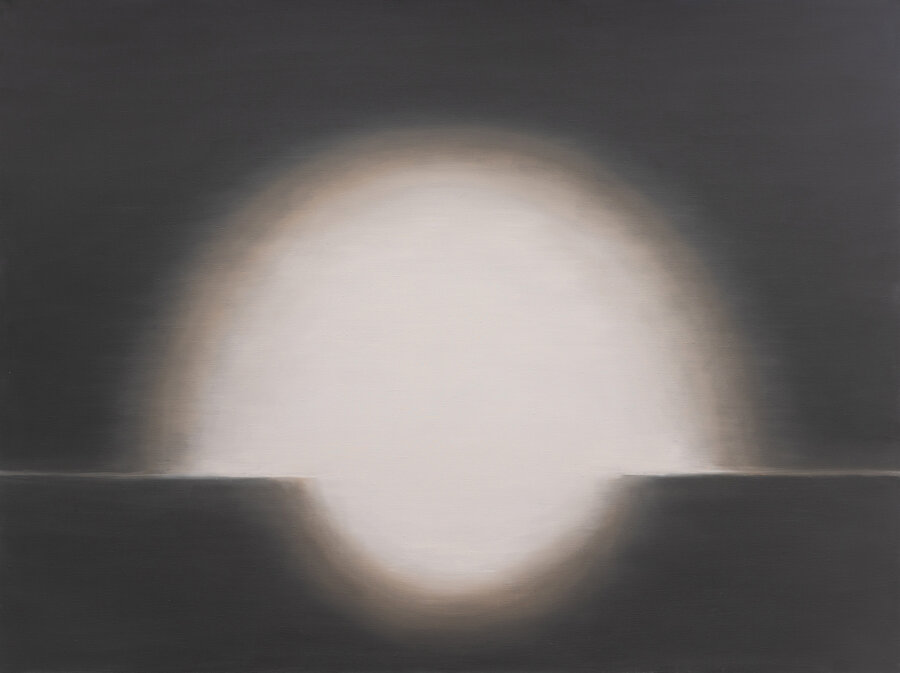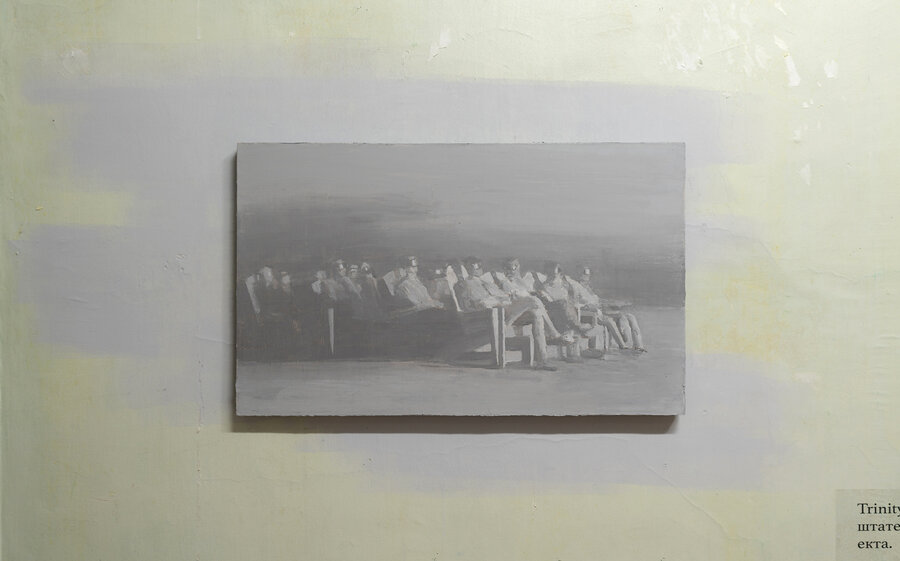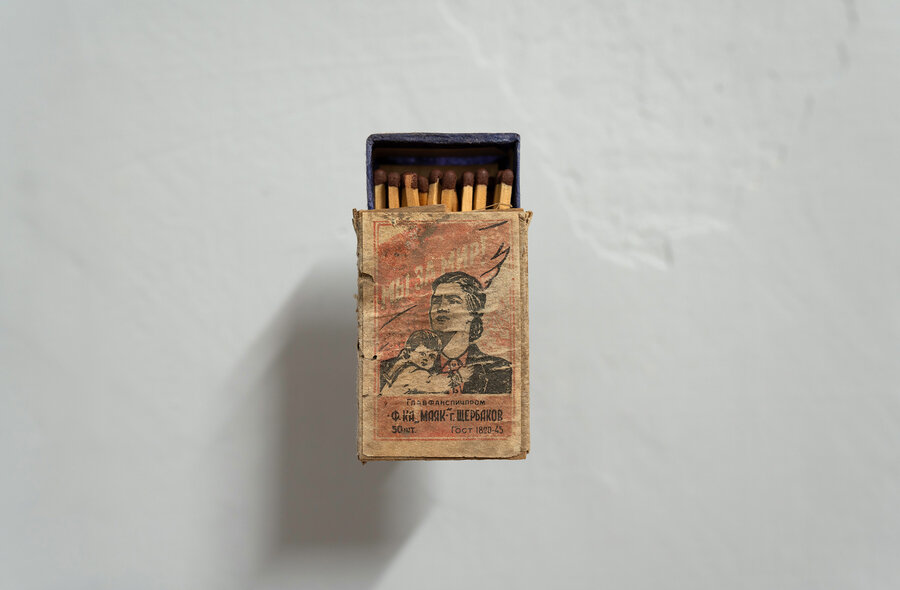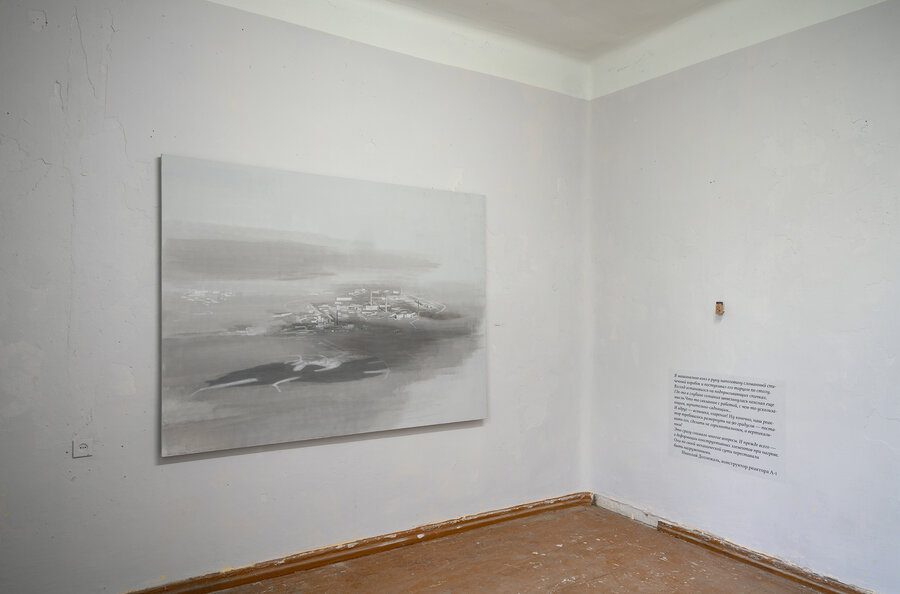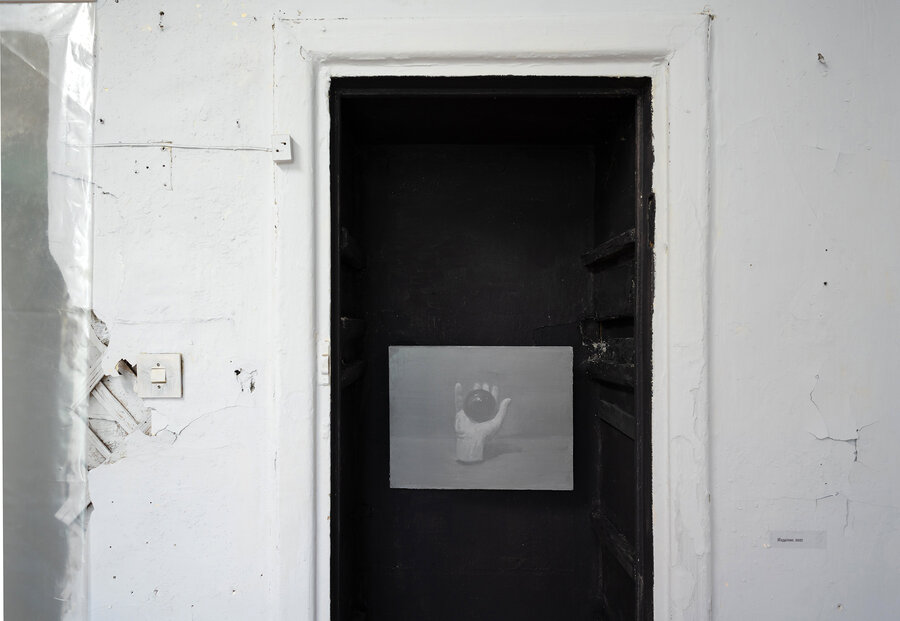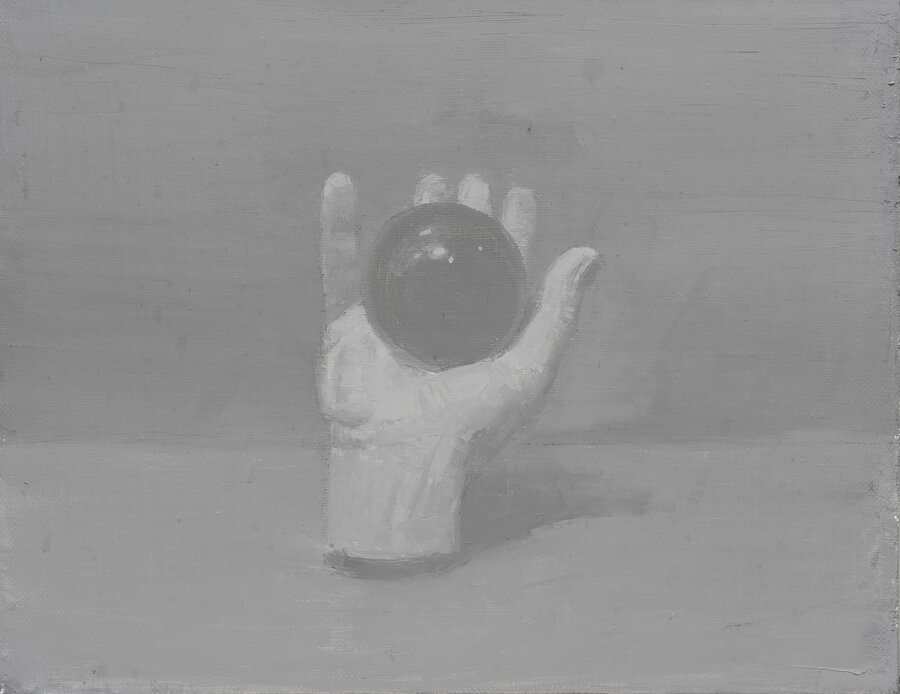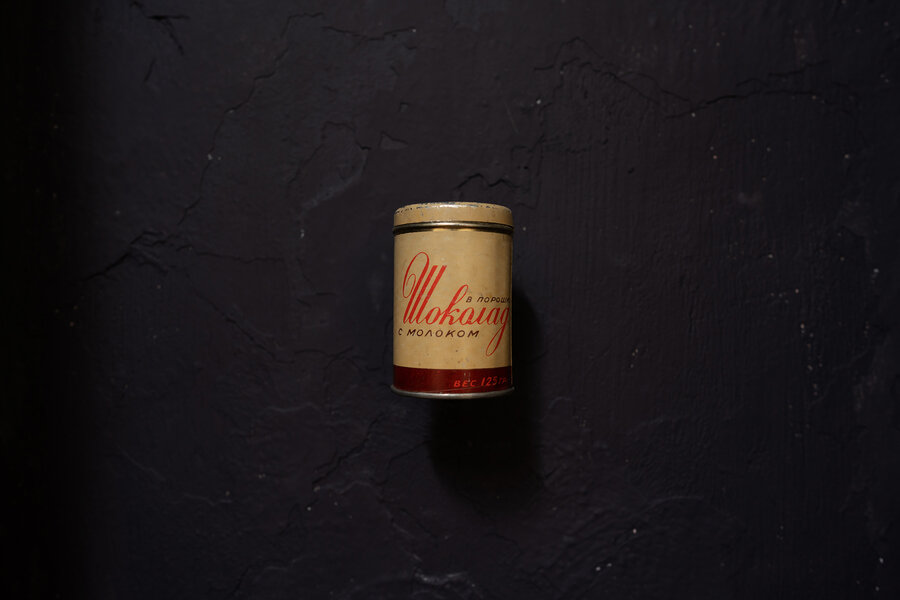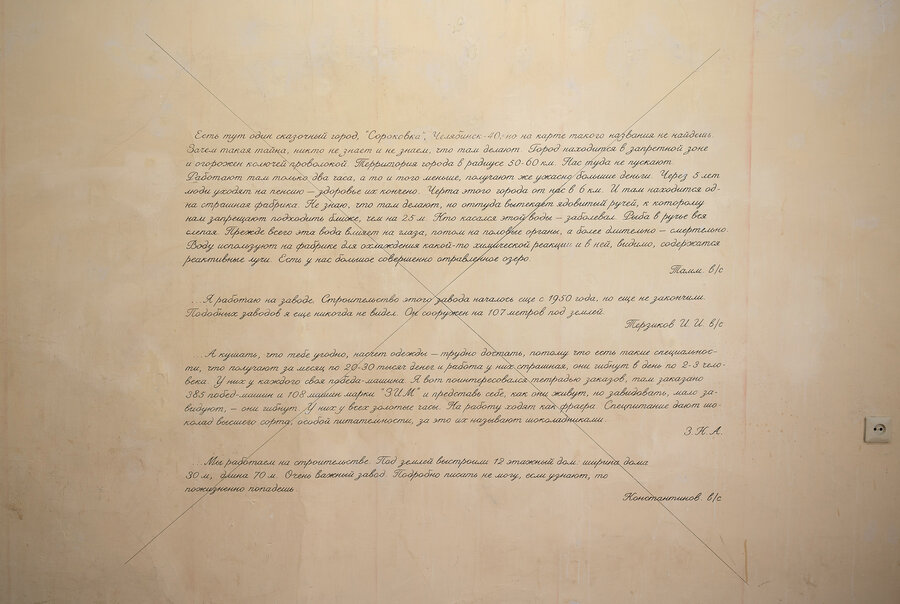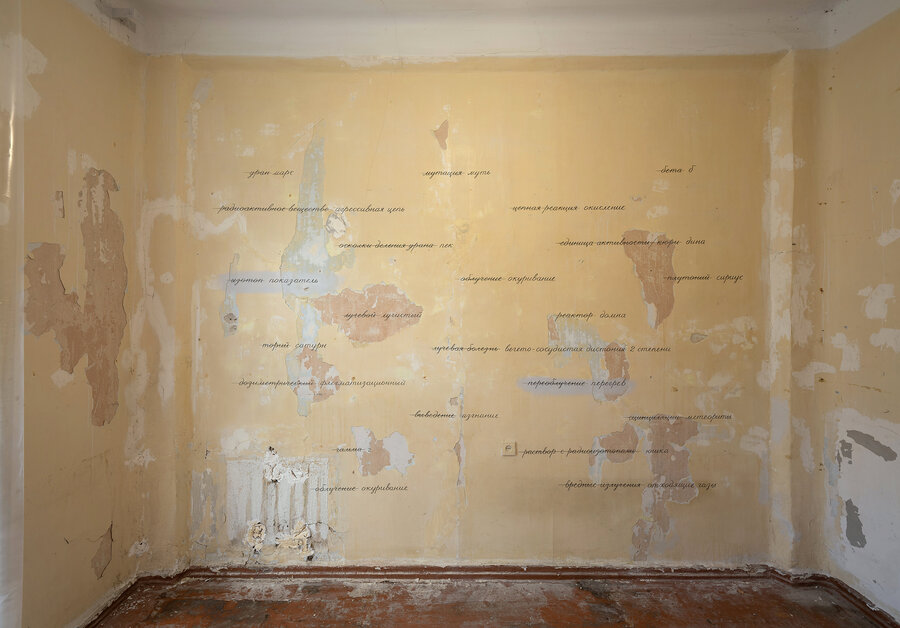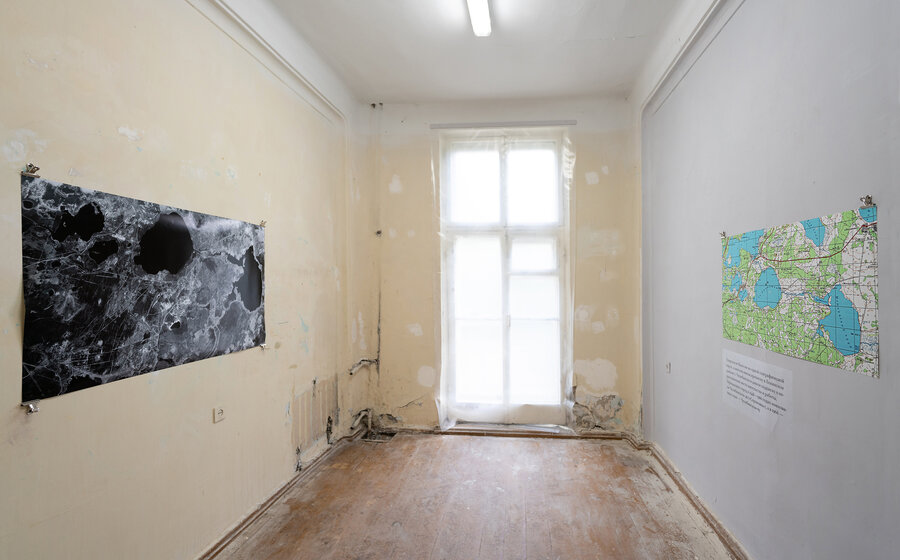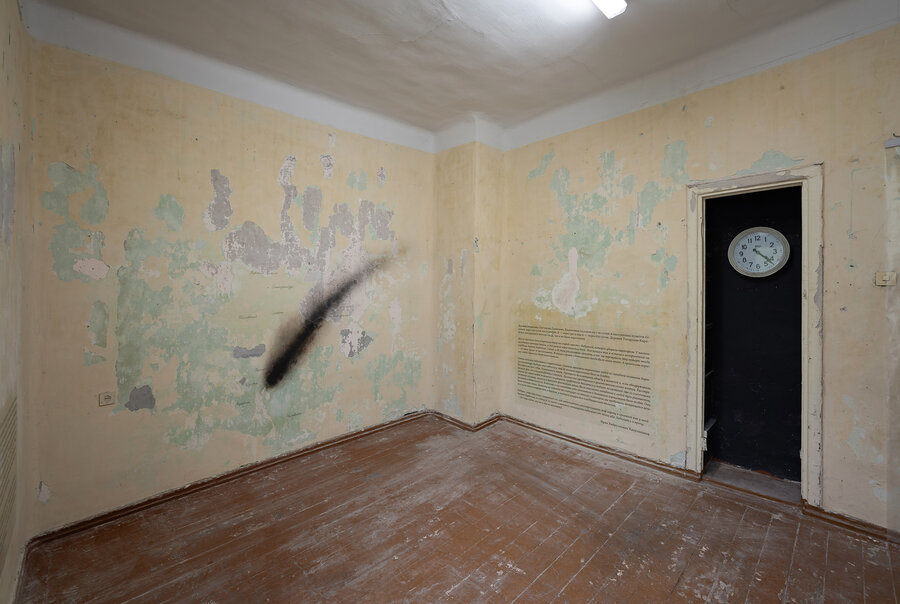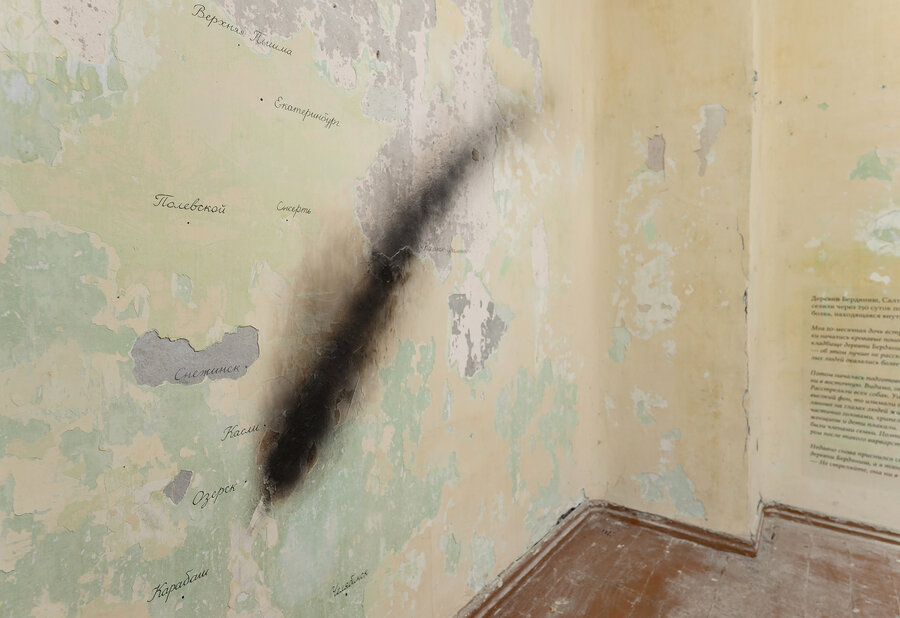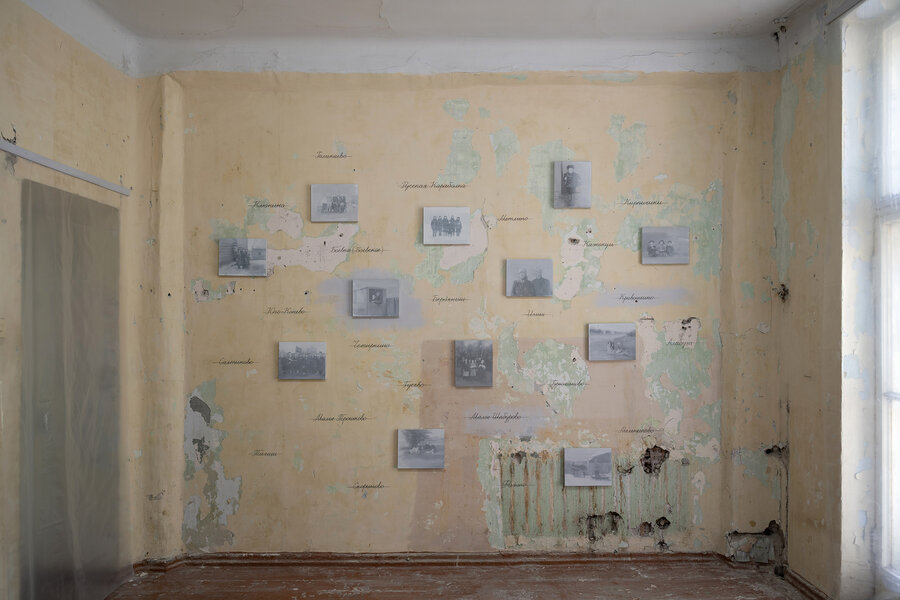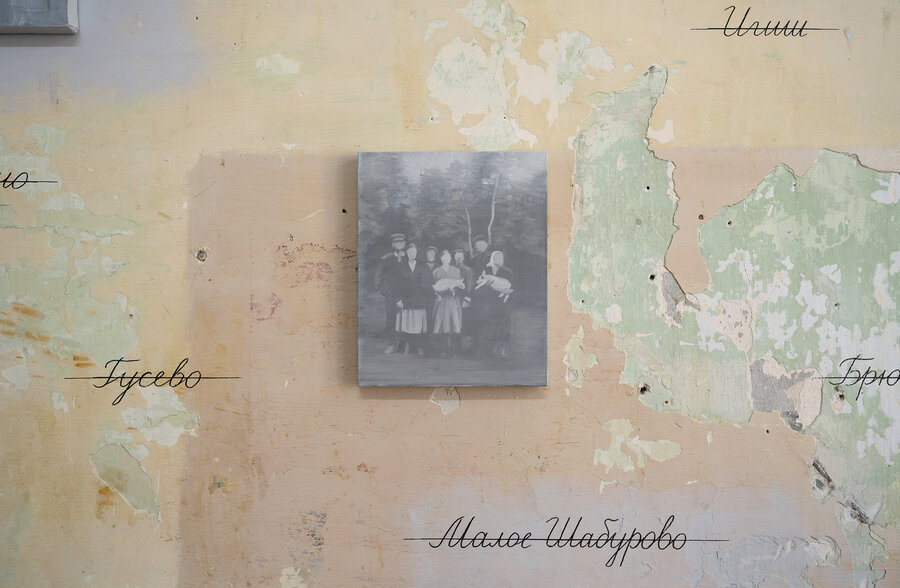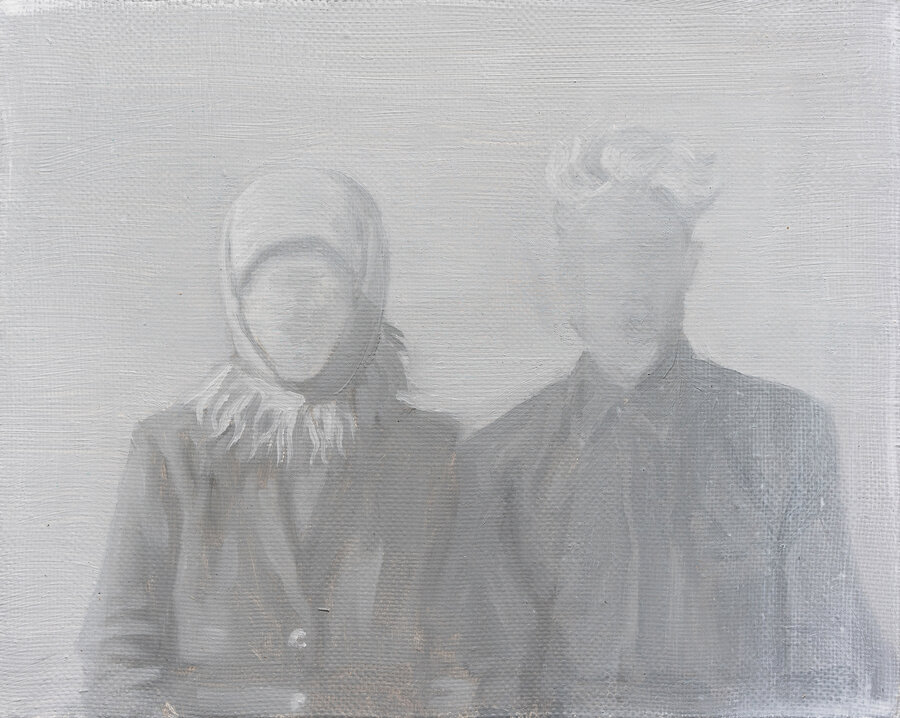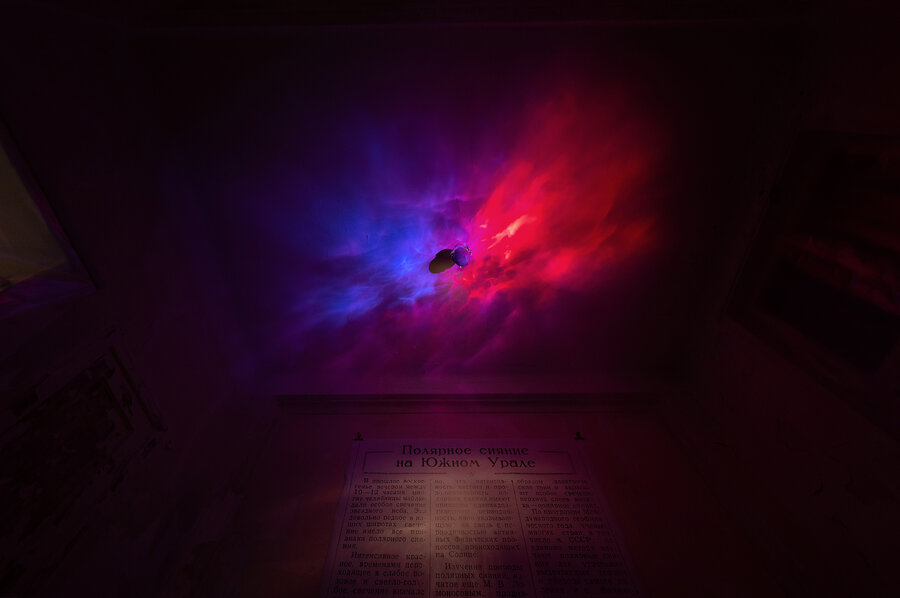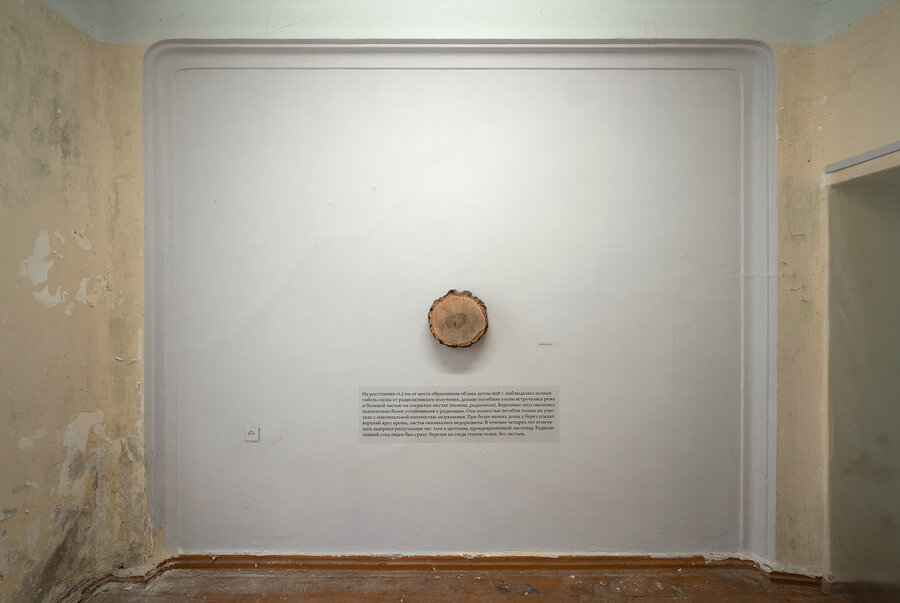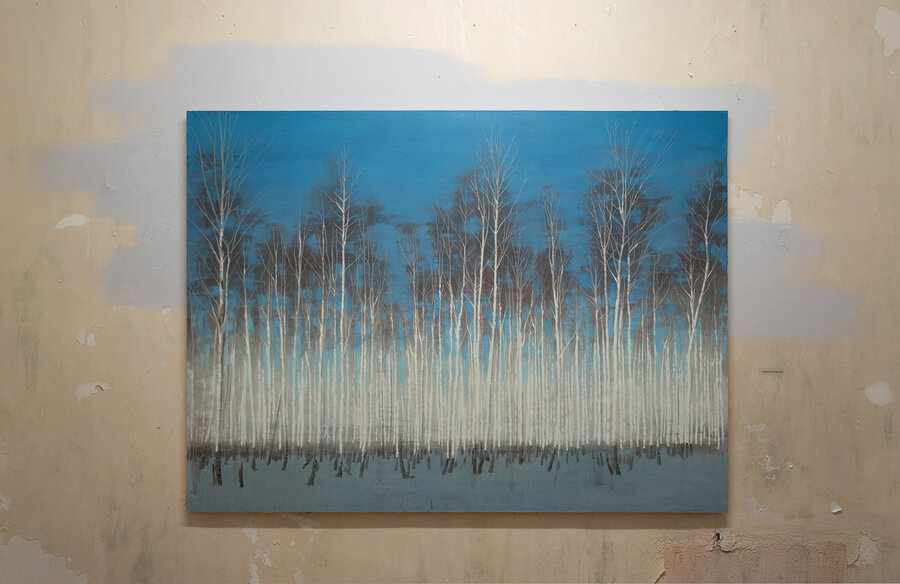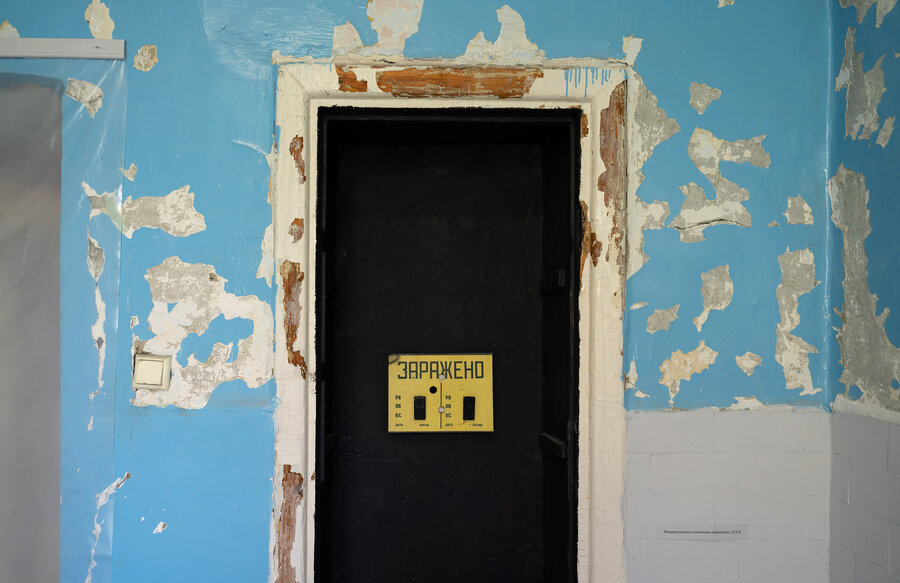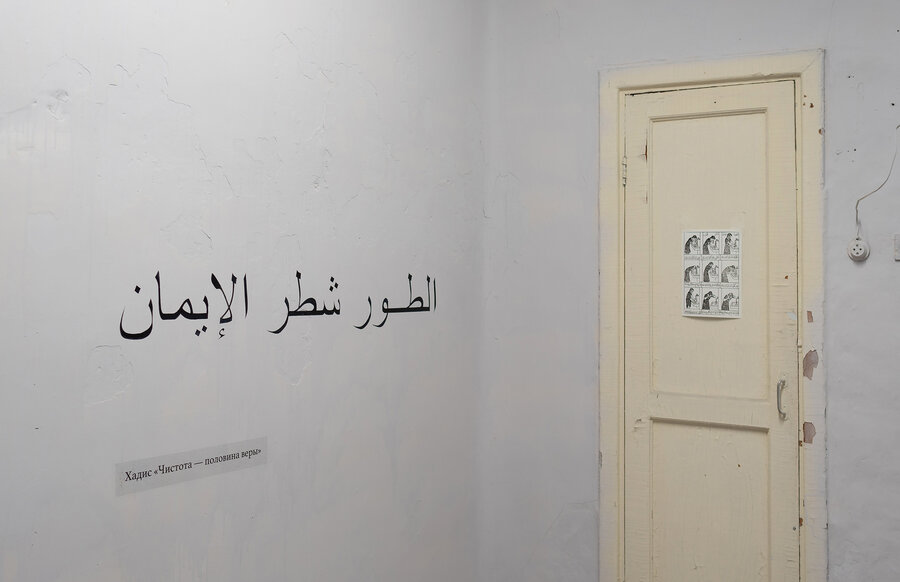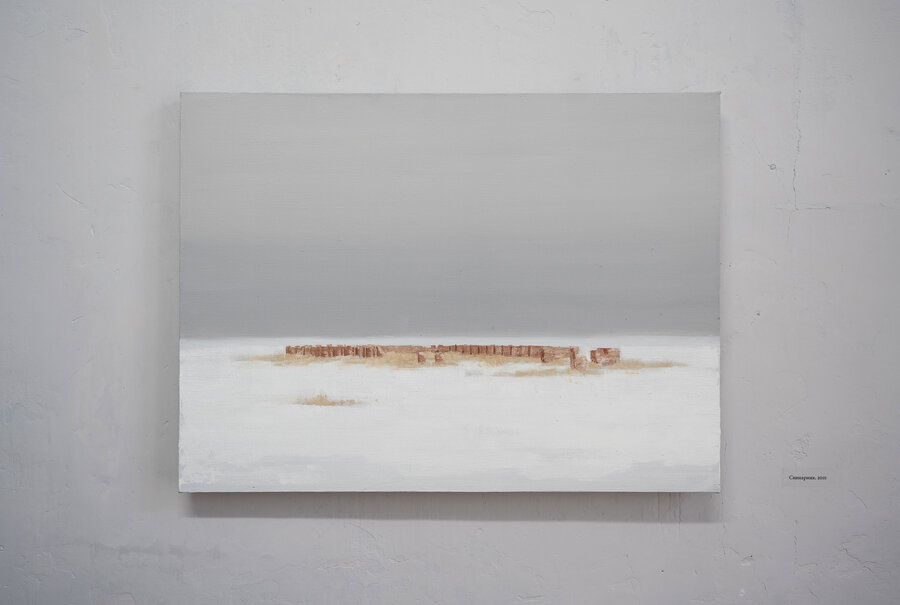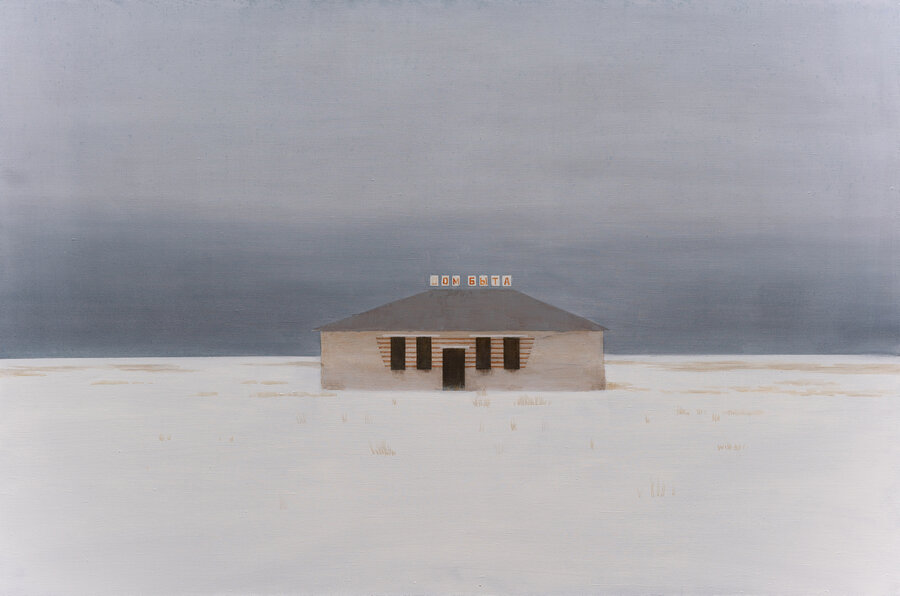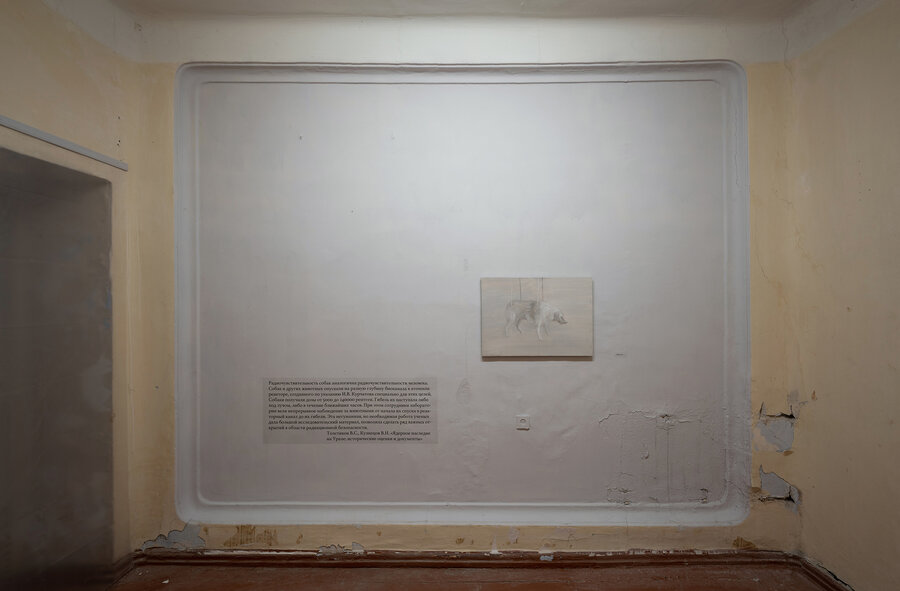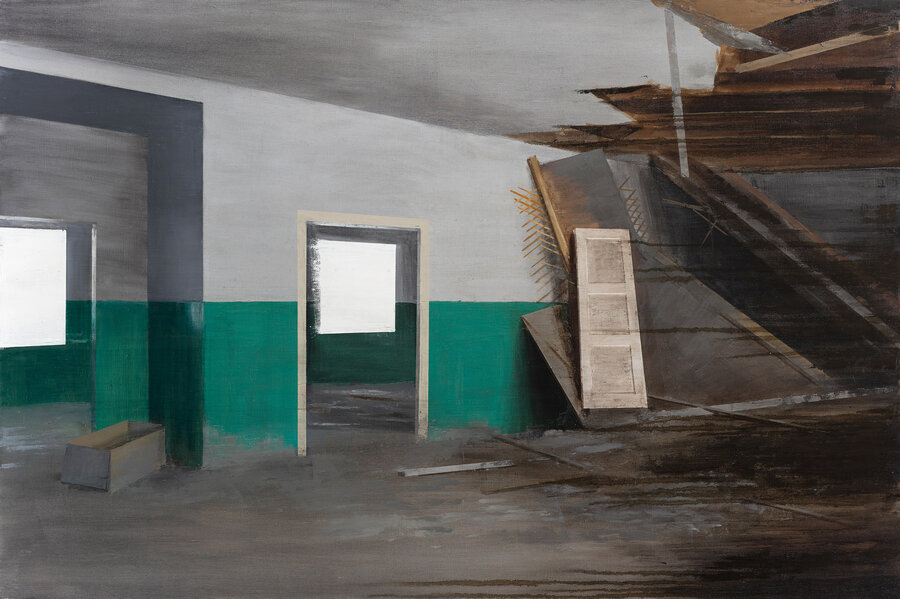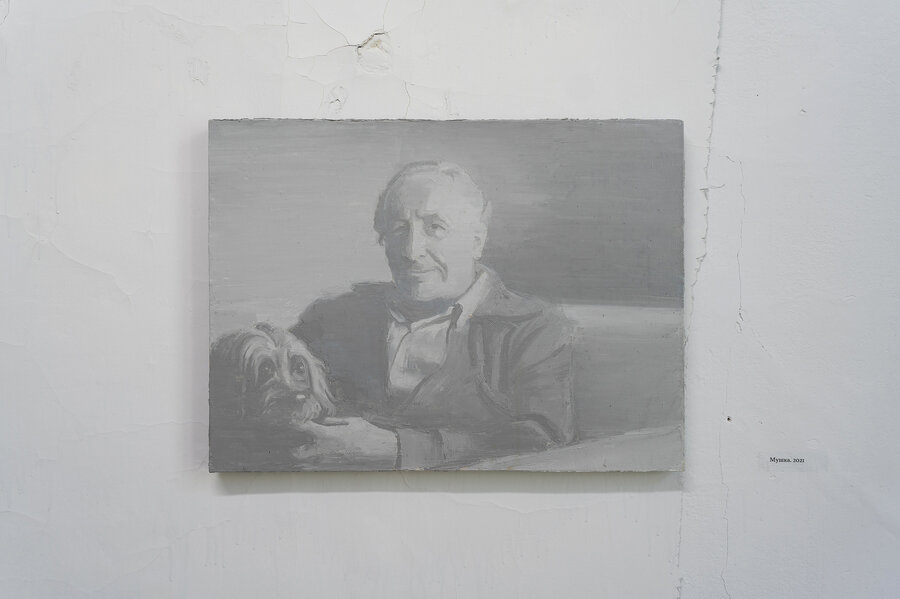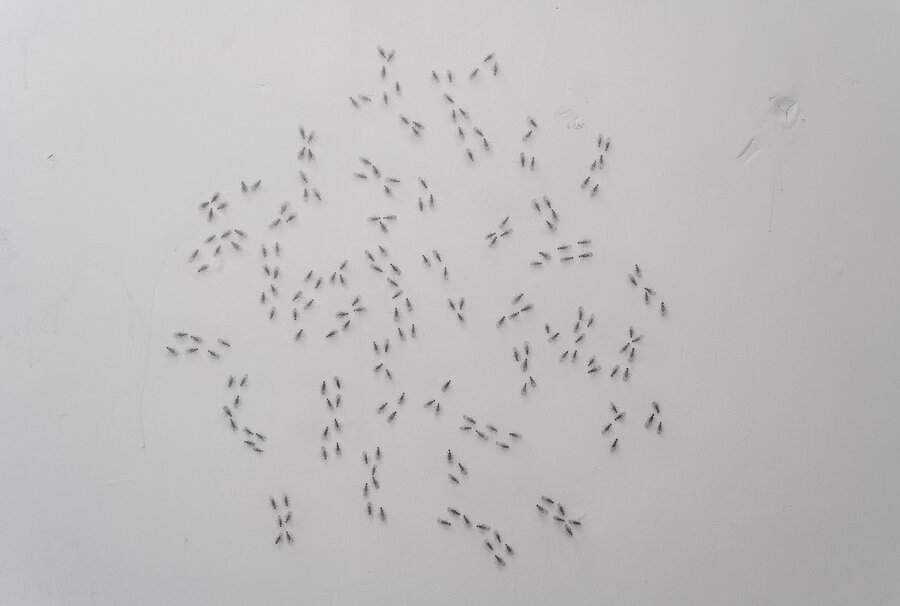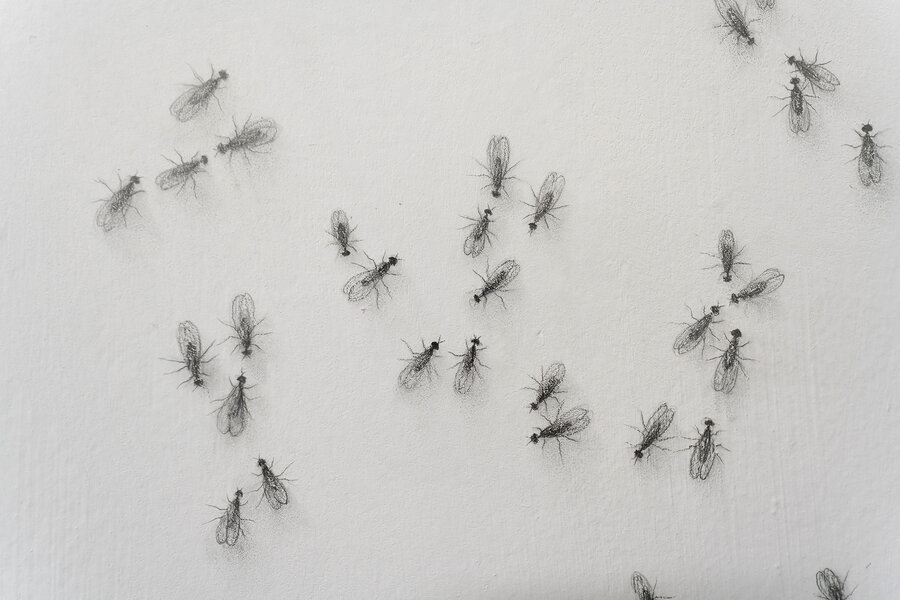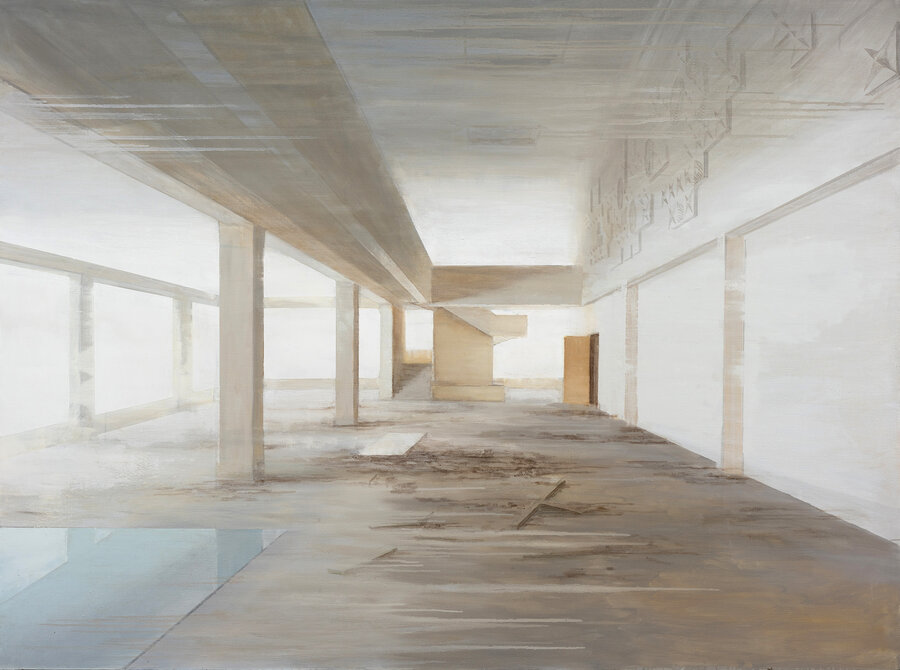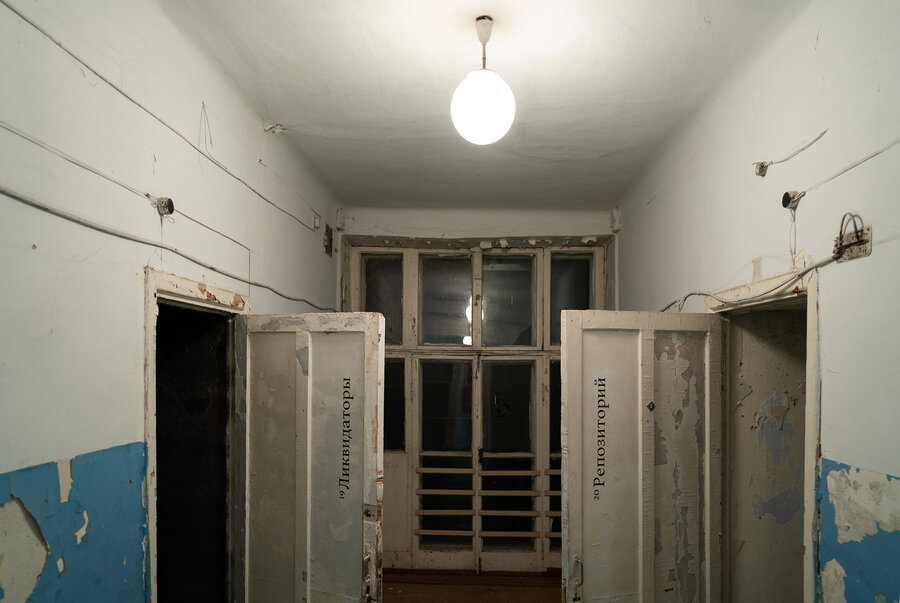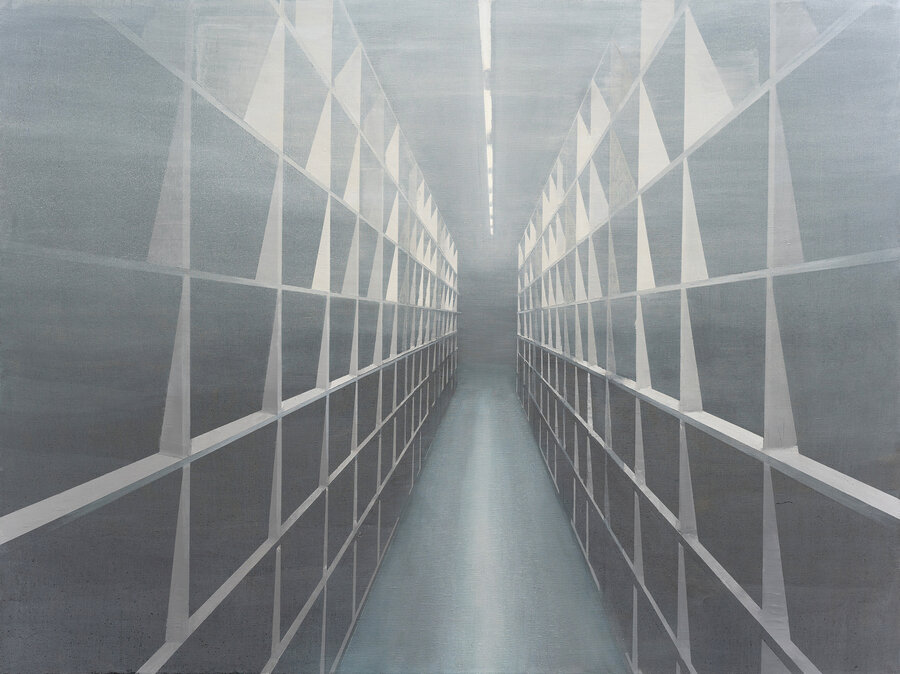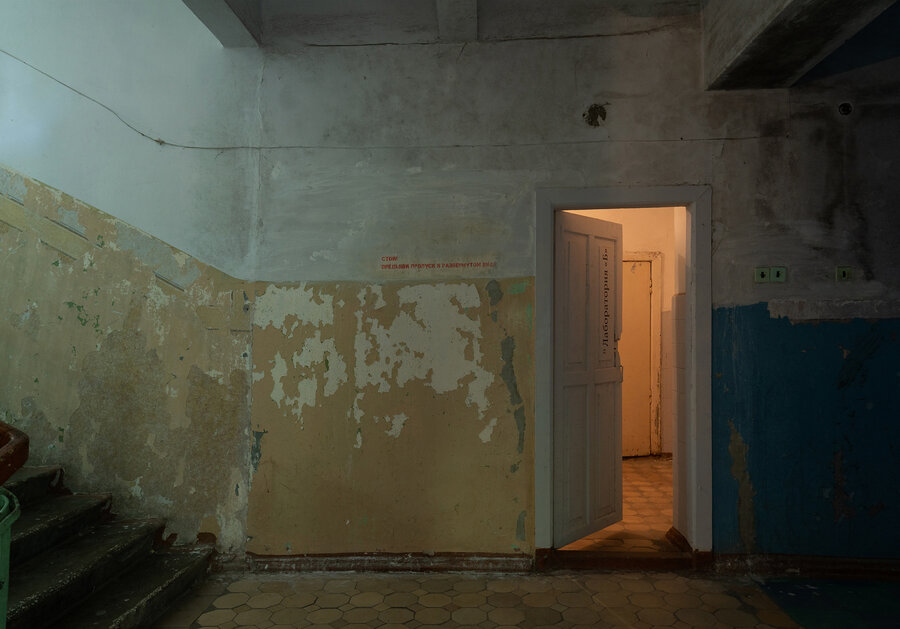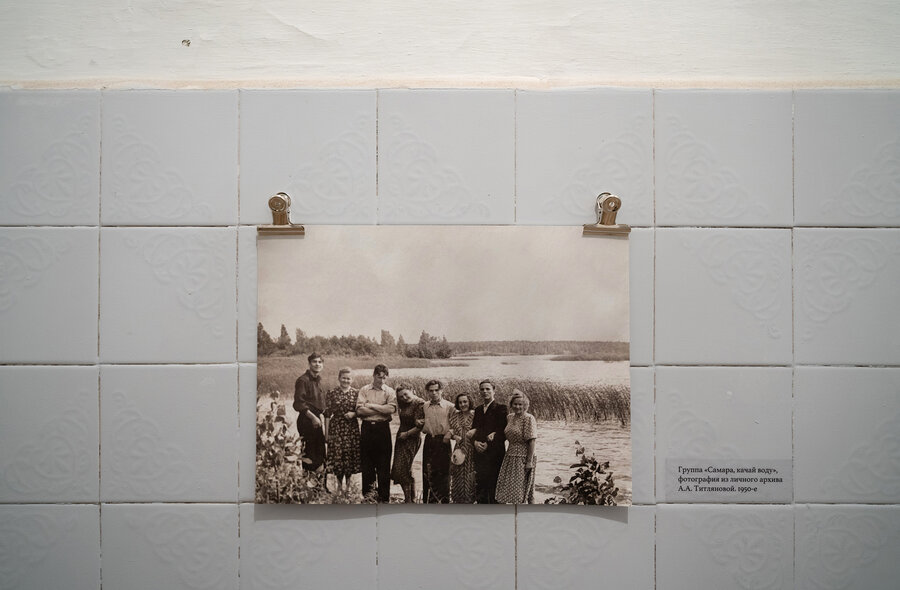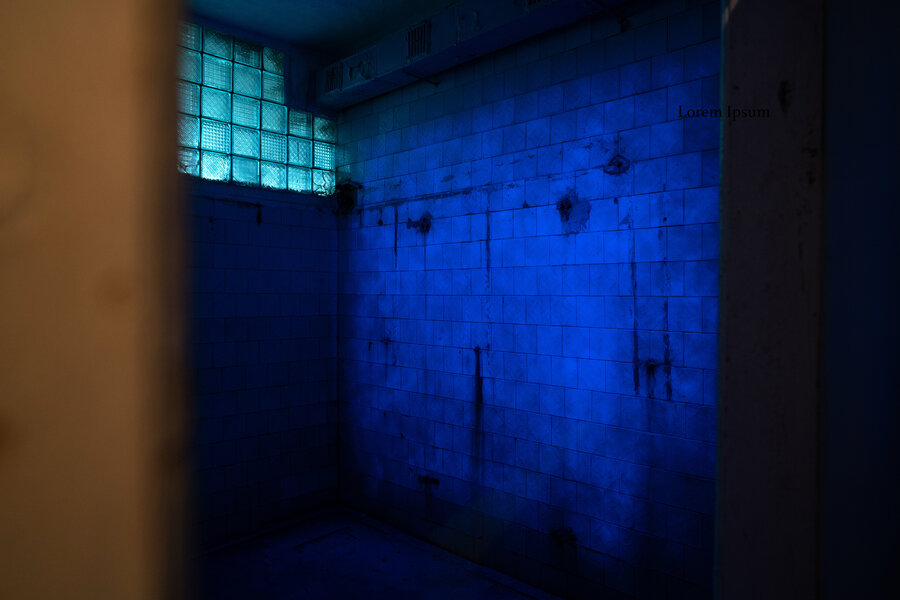The Geiger counter alerts the user of elevated radiation levels by making a sound signal, or clicking. Russian nuclear experts commonly refer to it as “ringing.” Radiation is emitted in the process of radioactive decay. Whereas it is invisible, and cannot be sensed or recognized without specialized instrumentation, radiation can have destructive effects on nature and human health. New types of weapons and the threat of nuclear war in the 20th century acted as the grim force that played a critical role in shaping the political map of the world. A force that brought down entire cities and brought about entire new cities as well. Harnessing this force came at a huge price in the middle of the past century. The traces of the atomic 20th century remain “ringing” to this day.
The Soviet Atomic Project was implemented here, in the Southern Urals. This was where the Soviet Union built its first reactor to produce weapons-grade plutonium and where it developed its first nuclear bomb. In the late 1940s and early 1950s, it was paramount to achieve nuclear parity with the US at any cost, so radiological protection was not the primary concern. High-level waste was dumped into open-air storage facilities on the Techa River, with tens of thousands of people living along its banks. Since the activities were top secret, people were not aware of the hazards: they kept using the river water for cooking and farming exposing themselves and their families. In 1957 a waste facility exploded at one of the plants, causing vast harm comparable with the gravest nuclear catastrophes of the 20th century. In 1967 wind lifted and disseminated radioactive waste stored in Lake Karachay, irradiating dozens of near-by towns.
I see the history of the Soviet Atomic Project in the Urals as dauntingly far-reaching. Moreover, much information related to nuclear production is still classified. Closed towns are still closed. The locals either withdraw from communication altogether or limit what memories they share with great caution.
This exposition is about the price paid by the people who, for various reasons, were involved in the Atomic Project and experienced its consequences. In their case, the price was paid with their health and lives. And this goes beyond the courageous workers of Mayak Production Association and the “liquidators” on the response team in the 1957 incident, this is also about the residents of near-by towns exposed to high doses of radiation, about every displaced person who had to take off and relocate. I dedicate this exhibition to them.
The exposition is designed as a museum. The exhibits are select found photographs and records that shook me to the core. My intention is to allow the uninformed viewer to piece together the sections of the exhibition and grasp the big picture on their own.
The exhibition venue, too, is directly linked to the Atomic Project. It occupies the company dormitory of the secret Laboratory that studied radiobiology and new isotopes. The Laboratory employed Russian scientists picked out from imprisonment, hired experts, and interned German specialists.
This exhibition is based on publicly available research and memoires.
The art residency program in the Chelyabinsk Region, organized under the aegis of the 6th Industrial Biennal of Contemporary Art (2021)
Art residency team:
Curated by Vladimir Seleznev
Produced by Anna Akimova
Coordinated by Aleksandra Bormotova and Arina Pshenichnaya
Evgeny Sevostyanov as technical director
Anton Kukarkin as technical specialist
Since 2022 the exhibition became permanent.
The dorm building of the former secret Laboratory B
The corridor building of the former secret Laboratory B
Streets. Installation
Trinity. Fragment of the exhibition
Trinity. 2021. oil on canvas. 150х200
The Spectacle. 2021. Fragment of the exhibition
Dollezhal’s matches. 2021. Installation
Pu 239. Fragment of the exhibition
Pu 239. Fragment of the exhibition
Sphere. 2021. oil on canvas. 35х45
Foundation Pit. 2021. 150x200
Chocolates. Fragment of the exhibition
Chocolates. Fragment of the exhibition
Glossary. Fragment of the exhibition
Is not on the map. Fragment of the exhibition
EURT. 2021. Installation
EURT. 2021. Fragment of the exhibition
The Relocated. 2021. Installation
The Relocated. 2021. Fragment of the exhibition
The Relocated. 2021. oil on canvas. 24х30
Polar Lights. 2021. Installation
Growth Rings. 2021. Installation
Birch Grove. 2021
Clean / Dirty. Installation
Junub. 2021. Fragment of the exhibition
Pigpen. 2021
The corridor
Techa. 2021. Installation
Mural. 2021. Installation
Musliumovo. Consumer service house. 2021. oil on canvas. 100х150
Vivarium. Fragment of the exhibition
Vivarium. 2021. oil on canvas. 100х150
Mushka (The Little Fly). 2021
Karyotype. 2021. Installation
Karyotype. Fragment
ONIS. Laboratory. 2021. oil on canvas 100x150
ONIS. Lobby. 2021. oil on canvas 150x200
Corridor
Liquidators. 2021. Installation
Рeaceful Atom. 2021. acrylic on canvas. 120х80
Repository. 2021. oil on canvas 150x200
Entrance to the installation Laboratory B
Group "Hey Samara, start pumping". 1950s. Photo
— What's wrong? — Yura, look: everything shines there. 2021. Installation
